
The Hollywood New Wave was one of the most fruitful periods for American filmmaking, giving birth to directors as diverse as Oliver Stone, Francis Ford Coppola, Hal Ashby, Brian De Palma and Steven Spielberg. Yet, of those directors, there is one that ranks head and shoulders above the rest: the Italian-American maestro Martin Scorsese.
From his 1967 debut Who’s That Knocking On My Door to this year’s Silence, Scorsese has repeatedly proven himself to be not only the greatest American director, but perhaps the greatest director of all time. Very few filmmakers have a filmography that contains just so many classics.
This makes ranking them a tricky proposition. With so many great films, just how does one go about listing them from best to worst? The difficulty with Martin Scorsese is not so much in knowing where to put Goodfellas or Taxi Driver or Raging Bull (spoiler alert: at the top) but what to do with films as diverse as After Hours, The Age Of Innocence or even Shutter Island.
It is in debating the merits of the other films in his vast filmography that things get interesting and the arguments start to fly. Nonetheless, for those who are new to the films of Scorsese, a ranked list also lets them know where to start. So without much further ado, here are his films ranked from worst to best.
Please note that this list only ranks Scorsese’s fictional feature movies, all the documentaries he made are excluded here.
24. Kundun (1997)
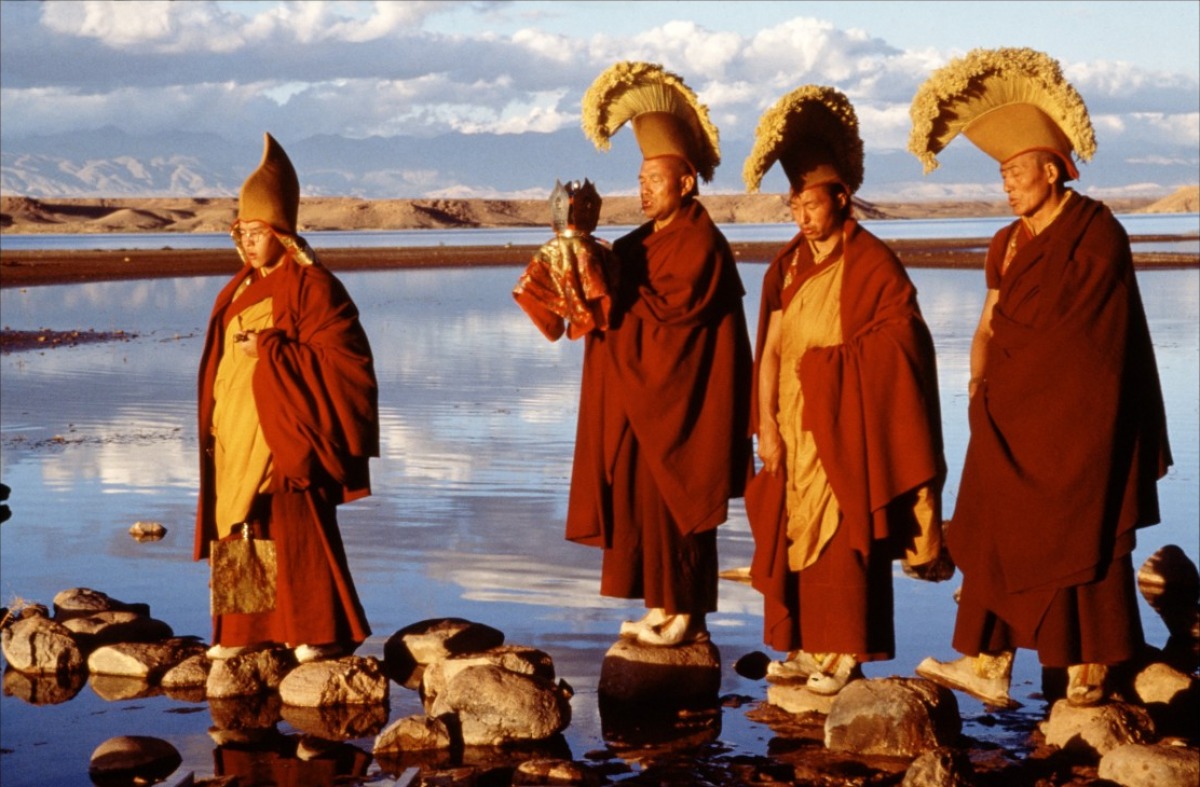
The film at the bottom of this list was always going to be Kundun. Scorsese’s movies are known for being alive — yet this film is one of the most inert and boring ever made. Filmed in location in Tibet of China, it is filled with brilliant production design, yet it moves at such a snail’s pace, only true Scorsese devotees are going to even make it to the finish line.
Nonetheless, only Scorsese would have the chutzpah to make a film such as this, with only Tibetan actors, and despite it not working on nearly every level, his ambition should remain highly respected. When thinking of its asceticism as a dry run for the great Silence, Kundun feels like a bad first draft that somehow became an actual movie in and of itself.
23. Boxcar Bertha (1972)
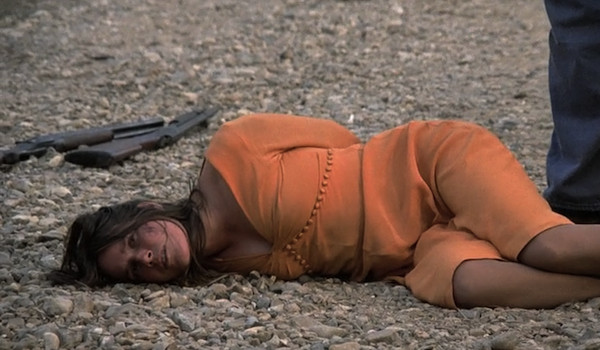
Made as a favor to the legendary producer Roger Corman, Boxcar Bertha contains little to none of the personal signatures of Martin Scorsese’s best movies. A 1930s depression picture, in which the gang act like Bonne and Clyde and rob trains in order to make their money, the film was a for-hire gig that Scorsese engaged in before he was able to make the infinitely better Mean Streets.
Another rare film of his anchored by a female performance, Boxcar Bertha features Barbara Hershey in the role that put her on the map. If there is any reason to see the movie, it is for her scenery-chewing performance.
All in all, the film remains a relatively boring B-movie that could have been made by anybody else. Famously John Cassavetes told him after a screening of the movie: “Marty, you’ve just spent a whole year of your life making a piece of shit. It’s a good picture, but you’re better than the people who make this kind of movie. Don’t get hooked into the exploitation market, just try and do something different.” Thankfully for us, Scorsese got out of the genre trap and became the great director we recognise today.
22. The Color of Money (1986)
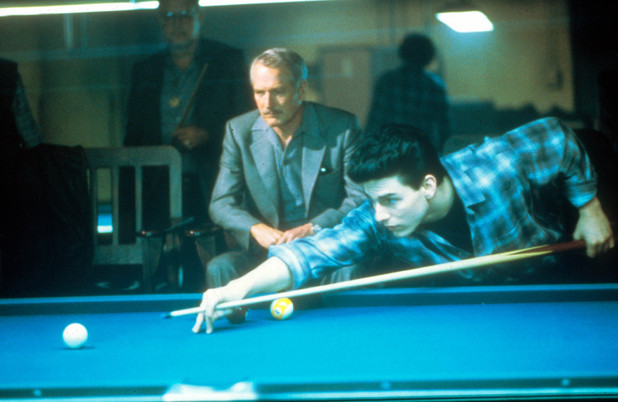
On paper this film should have been great. A sequel to The Hustler starring both Paul Newman and Tom Cruise, it had the potential to mark a key moment in the history of Hollywood. Nonetheless, it falls rather flat and feels rather vapid, making it more like Tom Cruise’s Cocktail and Top Gun instead of Tom Cruise’s Rain Man and Born On The Fourth Of July.
Set in the world of pool hustling, Tom Cruise’s character is Paul Newman’s protégé, as we are taken across America in a story of how to make money from winning games. Unlike its prequel, The Hustler, The Color Of Money never has anything to say, apart from teaching the viewer the best way to sink an eight-ball.
Scorsese movies are usually much more than their ostensible subject. Yet, sadly for The Color Of Money the best thing that can be said about the film is that the pool games themselves look pretty cool.
21. Hugo (2011)
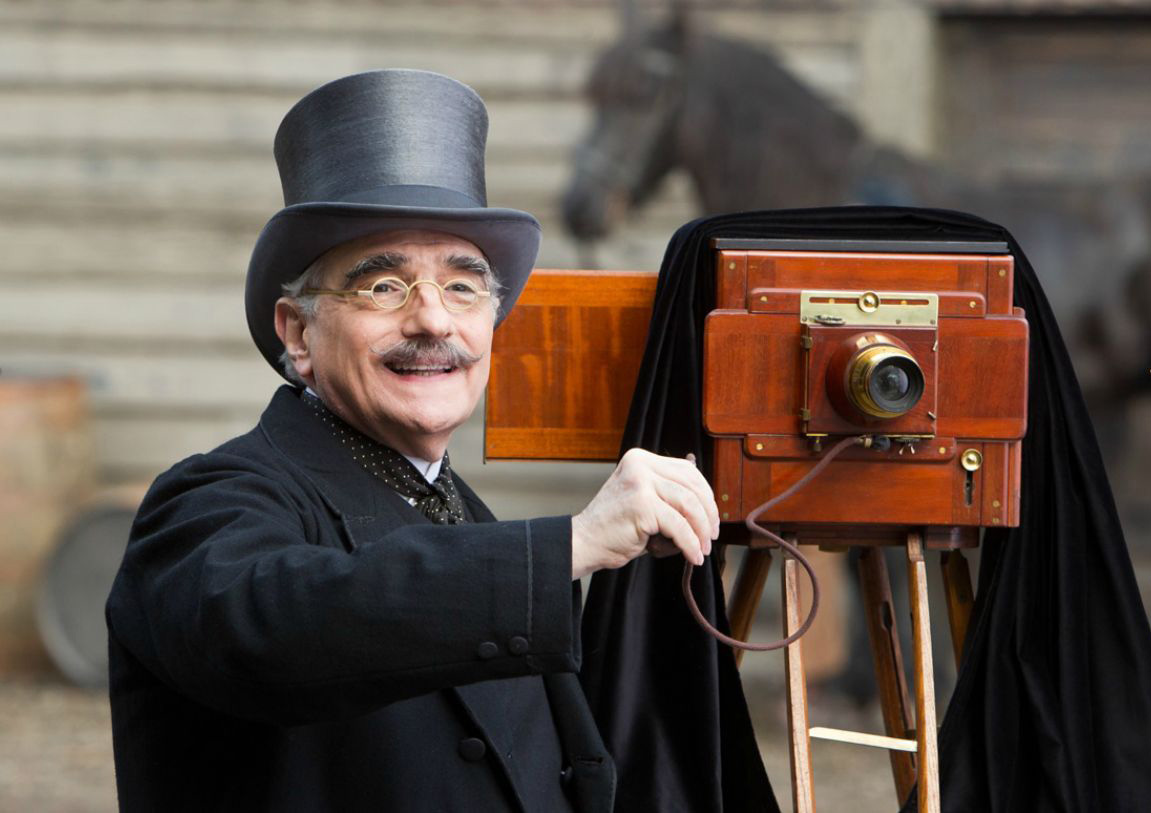
Martin Scorsese making a children’s picture? Unsurprisingly it doesn’t really work; making for a film about the magic of filmmaking that in itself doesn’t contain any magic.
There is plenty of visual wizardry, from the luscious production design of the train station to the movies within the movie, but Hugo ultimately falls flat due to Scorsese making this a film for kids that will entertain only adult movie buffs and possibly send the kids themselves to sleep. It is beautiful to look at, but it really just feels like a two hour museum piece.
There is no real drama in this film, meaning that it never takes off as an effective entertainment. Additionally, what little excitement there is to be had is diluted by the anemic performances of Asa Butterfield and Chloë Grace Moretz. Total film nerds may appreciate the technical aspects of the movie; for everyone else, it remains a bore.
20. Who’s That Knocking On My Door (1967)
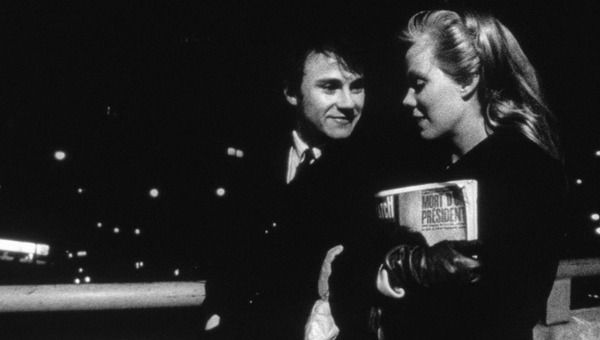
Marking the first time that the independent, improvised shot-on-the-fly world of Cassavetes’ met the grand American moral tradition of films such as On The Waterfront, Who’s That Knocking On My Door was a quiet revolution in New Wave cinema. Starring Harvey Keital as a conflicted Catholic with a madonna/whore complex, this small movie sees him meet a young girl (Zina Bethune) and fall in love with her. This romance is severely complicated however, when he finds out that she has been raped.
Scorsese would return to these themes of complicated masculinity later in his career with much more subtlety — most notably in Raging Bull and Taxi Driver — but Who’s That Knocking On My Door is as fine a debut as many filmmakers can hope to make. Already imbued with his predilection for pop songs of the time — such as The Door’s “The End,” during a bizarre sexual fantasy — the film already sees Scorsese as a highly excitable director, full of energy, ready to make his mark on the world.
19. The Last Temptation of Christ (1989)
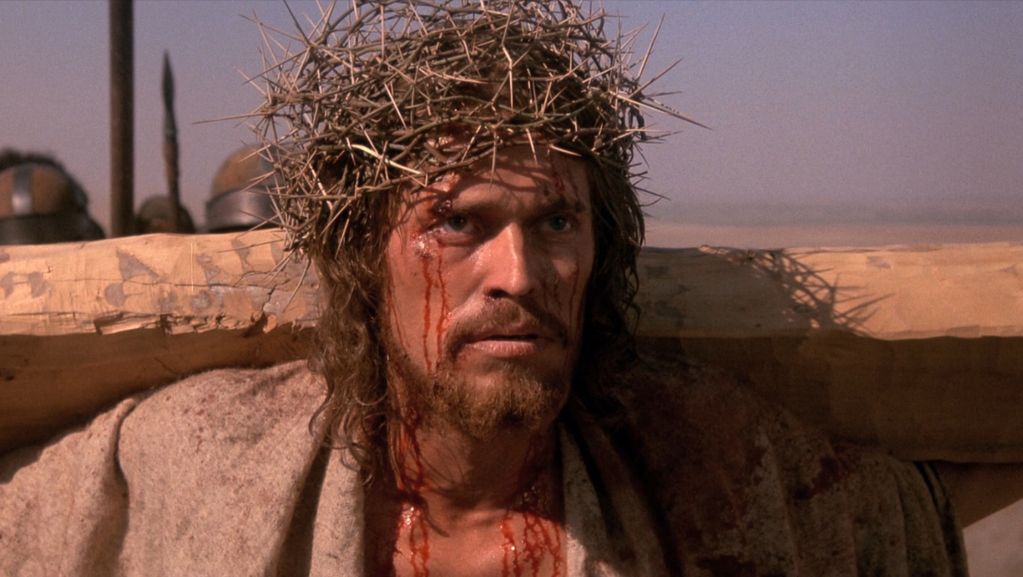
Perhaps more famous for the controversy surrounding the film than the film itself, it caused quite a stir in its suggestion that Jesus may have been engaged in a sexual relationship with Mary Magdalene. Yet, once all that controversy died down, it can be seen as one of Martin Scorsese’s most personal statements about religious belief and dying for a noble cause. It shows Jesus having to make a choice, between doing what is right and living a normal life, giving the film a fascinating moral dimension.
Nonetheless, there is no doubt that the film has somewhat dated since its 1989 release. What it does show is how Scorsese remained one of the few American directors with the clout to make a big-budget spectacle about religion and still be respected in the process. This makes him a true rarity indeed.
18. Cape Fear (1991)
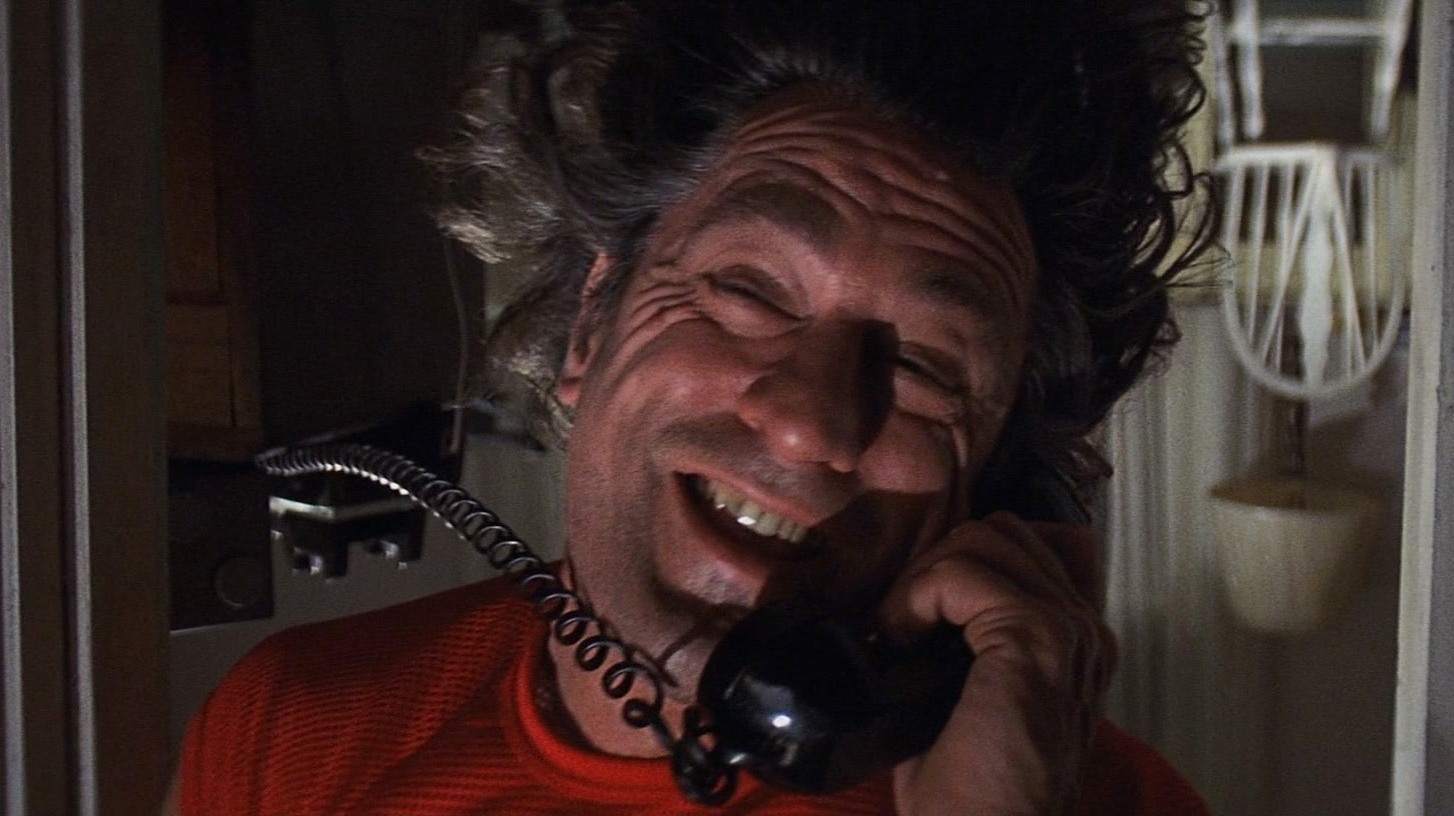
After pulling out every stop in Goodfellas, Scorsese made one of his smartest moves in scaling back and remaking the noir Cape Fear from 1962. Instead of trying to again match arguably his best movie, the opportunity of playing around with genre expectations proved too much of a strong draw.
This is what makes Cape Fear an exciting movie, but never on the level of greatness of his previous film and his subsequent masterpiece The Age Of Innocence. In that respect it seemed to function as a much needed stop-gap for Scorsese to rediscover his creative energy.
At times it is hard to see exactly what Cape Fear is trying to do; either honor the noir genre or provide a thinly-veiled parody. This tonal inconsistency is what makes it a deeply weird and arguably unsuccessful film. Nonetheless, DeNiro makes for a truly frightening villain, always smiling, but always with another trick up his sleeve.
Nick Nolte, likewise, plays the so-called good guy with brilliant ease, and Juliette Lewis is pitch-perfect as the terrified daughter. It is in the film’s climax that it threatens to become one of the greats; its legacy forever captured when it was parodied in perhaps the greatest Simpsons episode, “Cape Feare”.
17. New York, New York (1977)
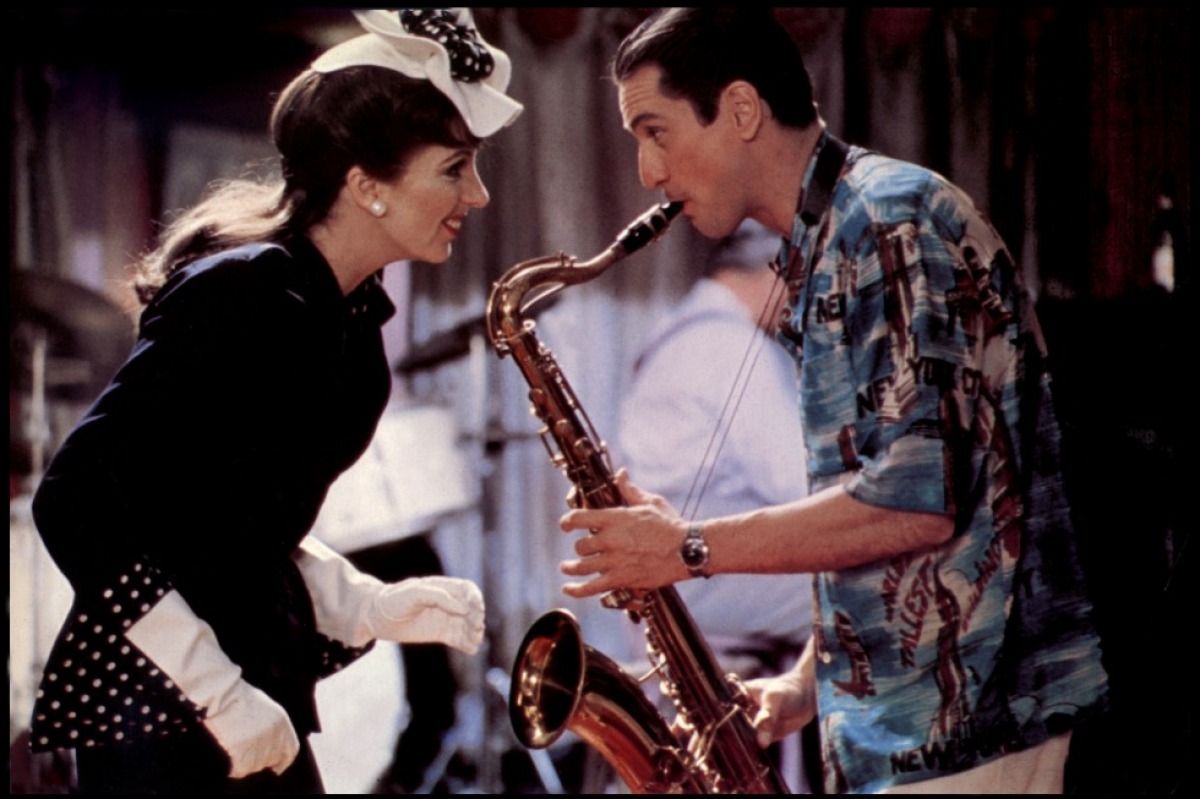
Released in the year that punk became mainstream, New York, New York is Scorsese’s throwback to a completely different era. Depicting the big band boom that came after the Second World War, it stars Robert DeNiro and Liza Minelli as two star-crossed lovers and musicians who try to navigate this brave new world, constantly arguing with each other in the process. It is admittedly a film that never coalesces into a proper whole, yet from scene to scene it never fails to be entertaining.
Nevertheless, perhaps the greatest film’s legacy is the eponymous song that was conceived as the final showstopper. Although expertly covered by Frank Sinatra in 1980, Liza Minnelli’s version of the song remains one of the most heartfelt musical performances in all film history; something that redeems the more meandering parts of the rest of the film.